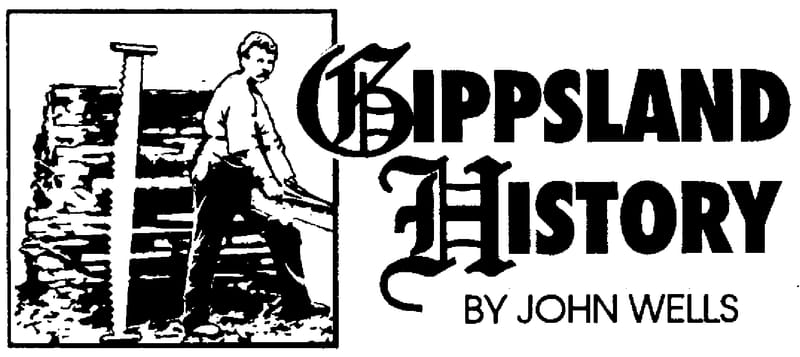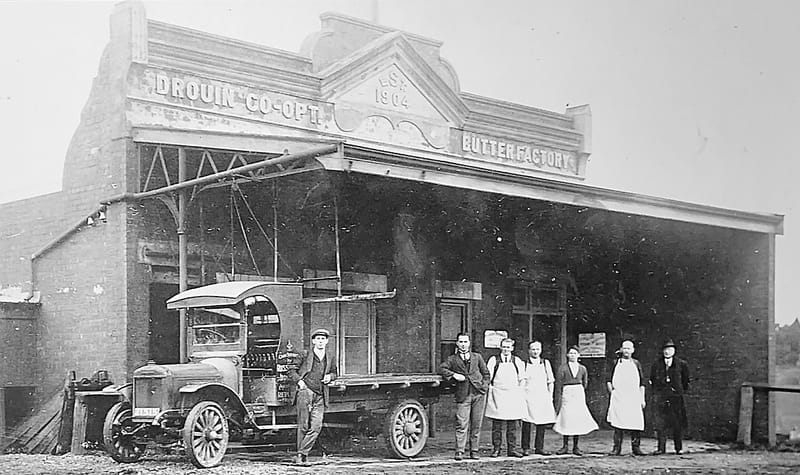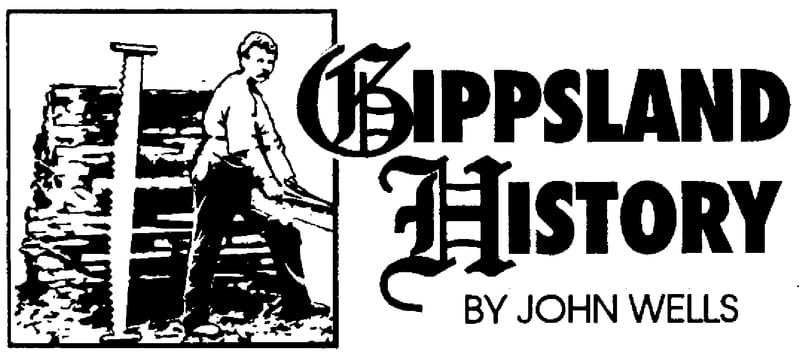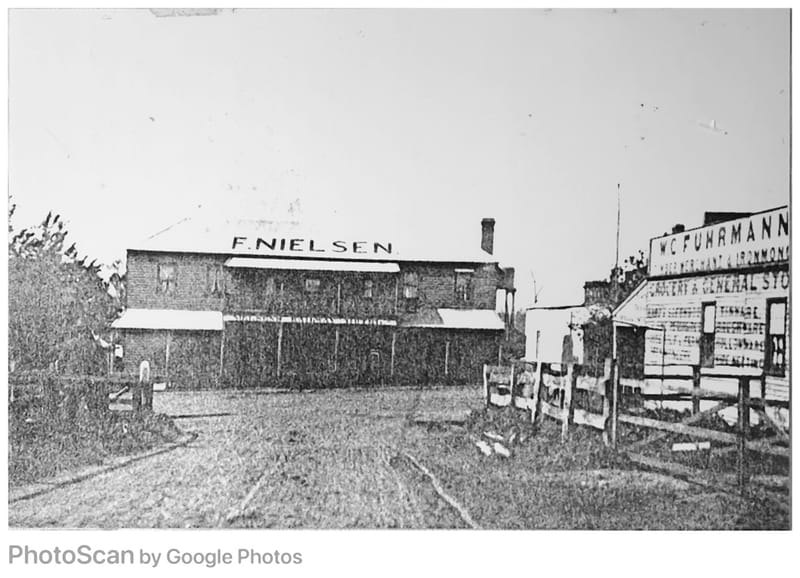Stations on the Gippsland line
by John WellsWhen the Gippsland railway line was finished in 1878 many of the stations were already planned, but they were not all built before the opening. The stations along the line were fairly basic - Warragul, for instance, opened with only...
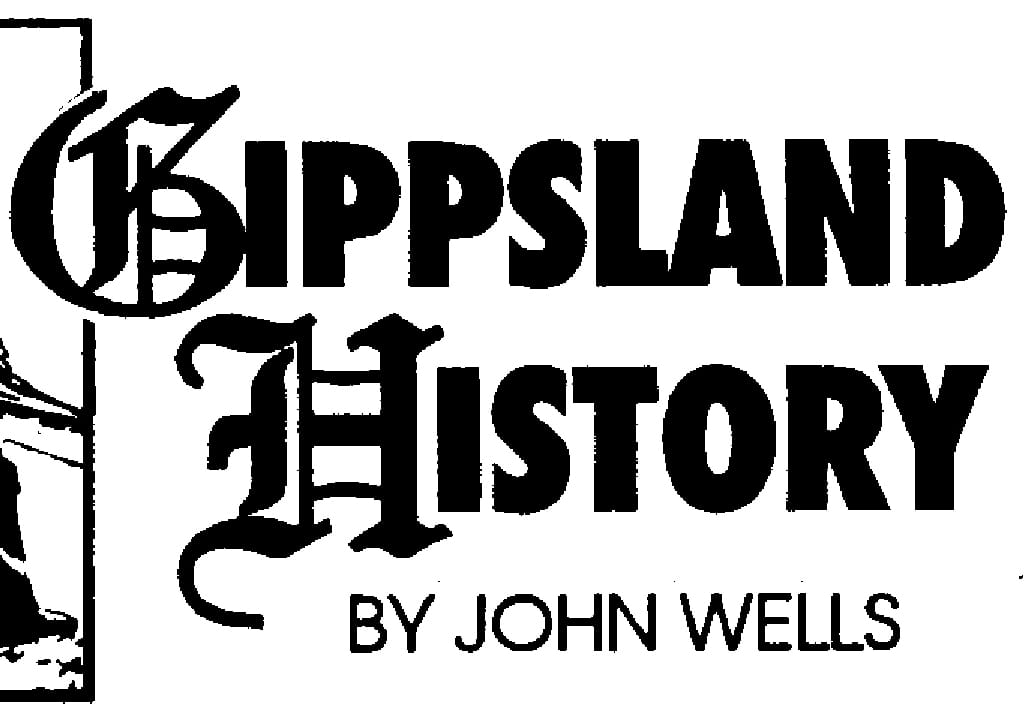
by John Wells
When the Gippsland railway line was finished in 1878 many of the stations were already planned, but they were not all built before the opening.
The stations along the line were fairly basic - Warragul, for instance, opened with only a small tin shed for the station master – and not all were built when the line was opened. Berwick opened in 1877 but Beaconsfield was opened two years later, on December 1, 1879. Pakenham was opened in 1877 (though it was really Pakenham East) but Officer came later, starting out as Officer's Wood Siding on August 4,1881 and then having the name shortened in 1899.
General Motors came much later when the 'big three' factories – GMH, Heinz and International Harvester had a large workforce that needed public transport. The GMH factory opened in 1956 and the General Motors 'station' was opened in that year, The only access was through the GMH plant. GMH closed down in 1991 but the station was not officially closed until 2002, at which time it had an average of eight passengers a day,
The Hallam station was opened reasonably early in the piece, on December 1, 1880, called Hallam's Road railway station, after Hallam's Road, which was named for Robert Hallam, keeper of the store and hotel up on the Gippsland track.
Narre Warren had no station until 1882, but it was another case of the railway changing the site of a settlement. Narre Warren North was larger that Narre Warren at the time, but a town quickly grew up around the new station.
I've listed Officer above – once a lonely firewood and timber siding in the bush it is now central to an area of huge growth.
The Cardinia Road station was opened much, much later, on April 22, 2012, reflecting the massive housing developments west of Pakenham.
The Pakenham (East) station was opened when the line itself was opened, in 1878.
From that same year there was agitation for a platform at Nar Nar Goon, and again in 1879, but the VR said it would be too expensive and that there was no real need for one. A change in thinking led to the Nar Nar Goon station opening on April 1, 1881. Without being too rude, one might ask how Nar Nar Goon warranted a station in 1881.
Tynong was opened on 12 February 1880 though there cannot have been a great deal of traffic, so I don't know why Tynong was approved at the start but Nar Goon had to campaign for a station.
Continuing to the east Garfield was at first named Cannibal Creek Siding. The Cannibal Creek Sawmill Company opened the siding on December 17, 1884, six years after the line went through, but the name was changed to Garfield on March 28, 1887. Cannibal Creek was too off-putting to the delicate Victorians and was a misspelling anyway, being drawn, I believe, from Corhanwarrabul. Garfield was the name of a US President assassinated at the time.
Bunyip was opened October 1877 as one of the original stations and the extension of the line from Bunyip to Moe opened March 1, 1878. Bunyip was the astern end pf the Dandenong-Bunyip section and the western end of the Moe-Bunyip section. That piecemeal building of the line is another, well-known story. Bunyip opened with a goods shed and siding and they survived until 1988.
The Longwarry station opened on July 1, 1881, nearly three years after the line was built. The high proportion of stations opened within a few years of the line going through might have simply been a matter of funding, or availability of materials, or complicated bureaucratic matters. There was very little of the local politicking seen on the branch lines, both over the routes and over the station locations.
Opening on March 1, 1878, Drouin was one of the originals. The line was duplicated in 1952 and it seems strange that the island platform in use today was not built until 1958. I don't recall any platform on the south side of the tracks, where there were a goods shed and some sidings. For the six years 1952-1956 it must have been a little difficult to have trains running both ways use the same platform on a duplicated line.
Drouin was never a junction station but it was a 'transport hub' in that the coaching lines ran north and south from it. The development of Drouin brought the road south from the Old Sale Road and meant that the original settlement on that road was left to languish as the 'new' Drouin grew.
That ended long ago as motor vehicles and roads got better. The decline of the Drouin station meant that in 1989 it became a 'through' station, meaning that is was a passenger station, with no freight capability.
Warragul railway station on March 1, 1878 as Warrigal, the spelling in most common use at the time. For some reason I've never known the name was changed to Warragul on May 1, 1879. The original spelling had lasted little over a year. Warragul was a major station with extensive freight yards, a restaurant in the station and the junction of the Noojee line (until 1958 when that line closed).
It was from here that a locomotive would run 'light' up to Moe where it would pick up a train for Thorpdale and return. Then it would hurry back to Warragul to get ready for the Neerim/Noojee train. The Thorpdale line was another closed in 1958 so that locomotive would have got a rest.
The dates of opening and closing schools is a good indicator of the growth, or death of communities, but the same does not apply with railway stations. The line from Dandenong as far as Warragul had 13 stations, not including Dandenong, and ten of them were built more or less t the time the line was established.
Some had specific purposes, like Officer, Garfield and Longwarry. Some were placed where road traffic met the railway, like Hallam. With some it is hard to see why they were built at all, at least at that time.
Only the Garfield station (1884), General Motors station (1956) and the new Cardinia Road station (2012) were opened after 1881. The line was opened in 1878 (though it went only as far as Oakleigh to the west). Those stations could be regarded as part of the original plans.
Soon I'll list the stations as far as Sale, or even Orbost, with their opening dates. Most, of course, will have been opened when the line was built in their area.


